Latest
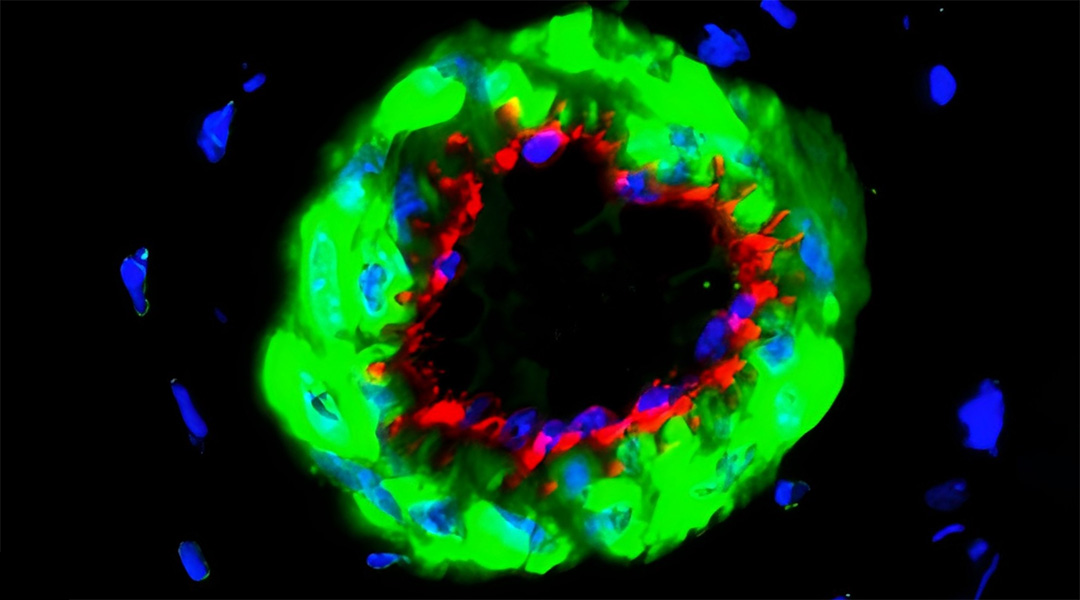
Tiny vesicles could help prevent amputations in diabetic patients
This safer, non-surgical treatment for diabetic limb ischemia could help patients with severe blood flow complications.
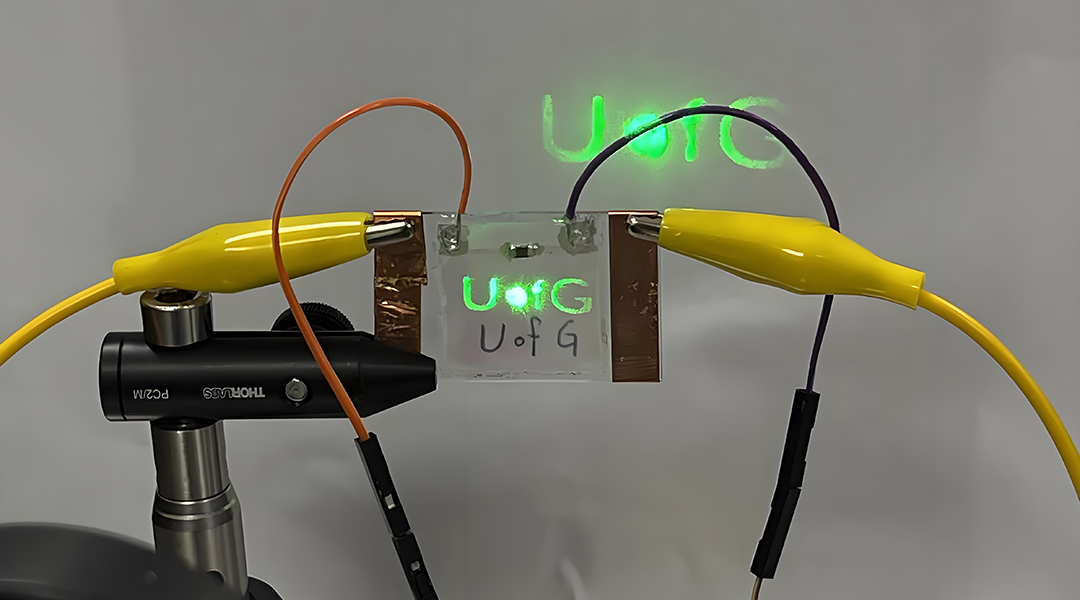
Liquid crystals bring a smoother switch between augmented and virtual reality
Temperature-sensitive materials seamlessly switch between VR and AR in headsets, paving the way for better extended reality experiences.
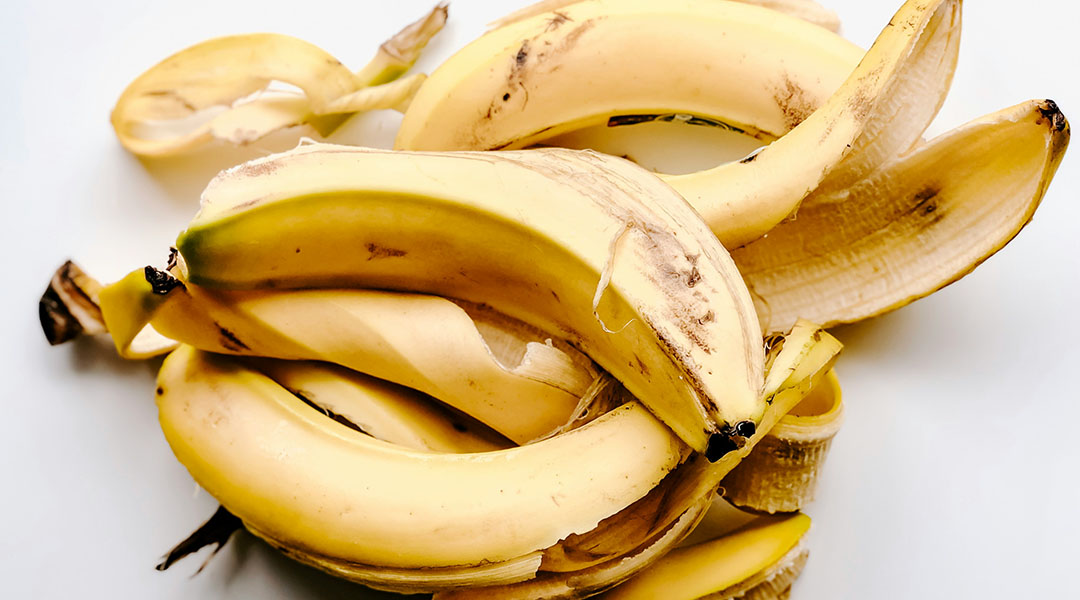
Turning banana peels and coconuts into clean energy
Researchers develop a device that generates clean energy from food waste, using banana peels and coconuts to power communities sustainably.
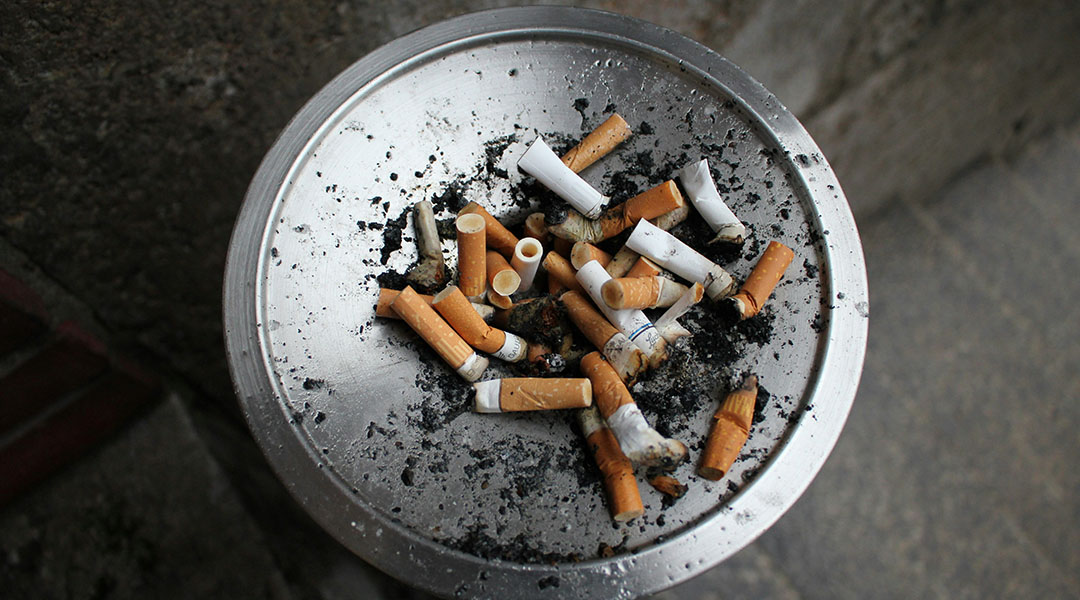
Parkinson’s drug helps alleviate nicotine withdrawal symptoms
Researchers discover that a Parkinson’s drug, procyclidine, can reduce physical nicotine withdrawal symptoms, such as tremors and immobility.

Scientists report airborne bacteria found in garbage may age our blood vessels
Pathogenic bioaerosols detected at household garbage collection sites may contribute to vascular aging with high chronic exposure.
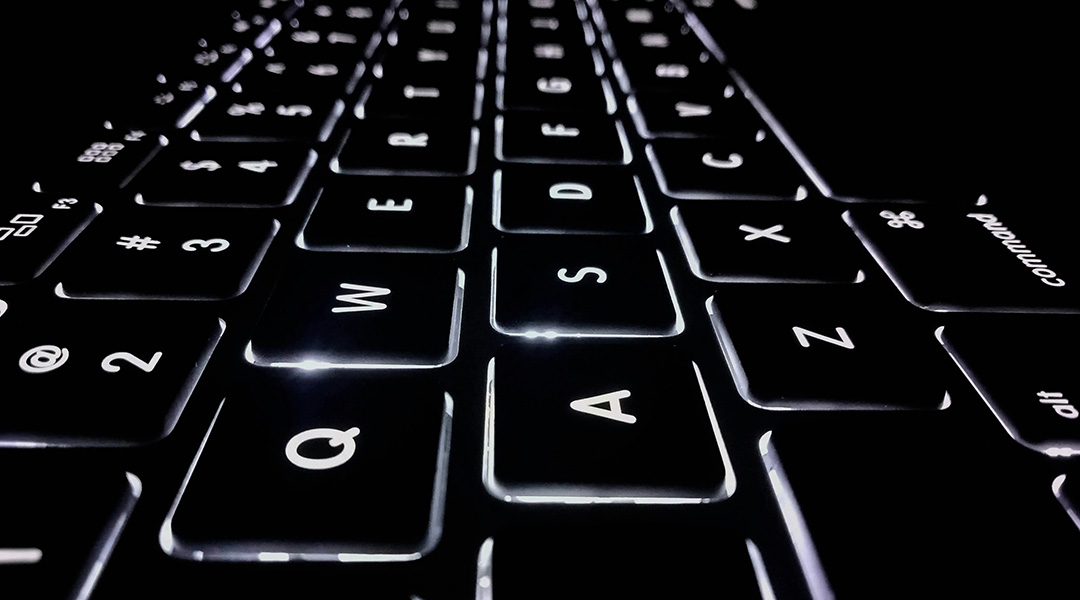
World’s purest silicon chip could make quantum computers error-free
A new method to purify silicon for quantum computer chips could solve one of the biggest challenges in quantum computing.

Teaching old magnetic cilia new tricks
These hair-like structures with applications in robotics are now reprogrammable, negating the need to replace them after one use.
ASN Weekly
Sign up for our weekly newsletter and receive the latest science news directly to your inbox.
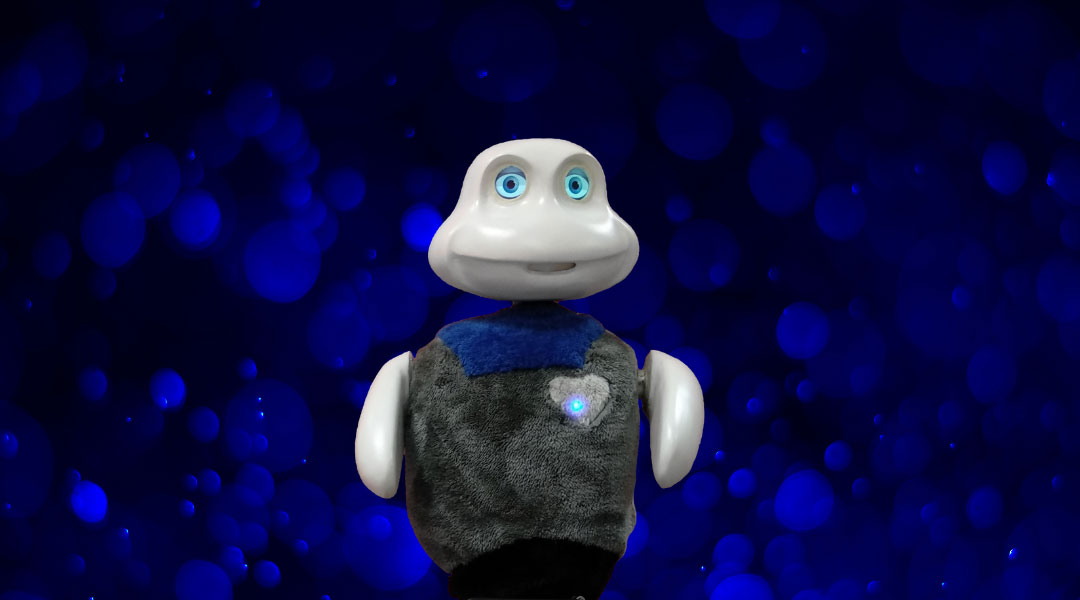
Robots with involuntary behaviors seem more natural
Modeling involuntary aspects of human behavior, such as blinking or even jet lag, might help build trust in robot-human interactions.
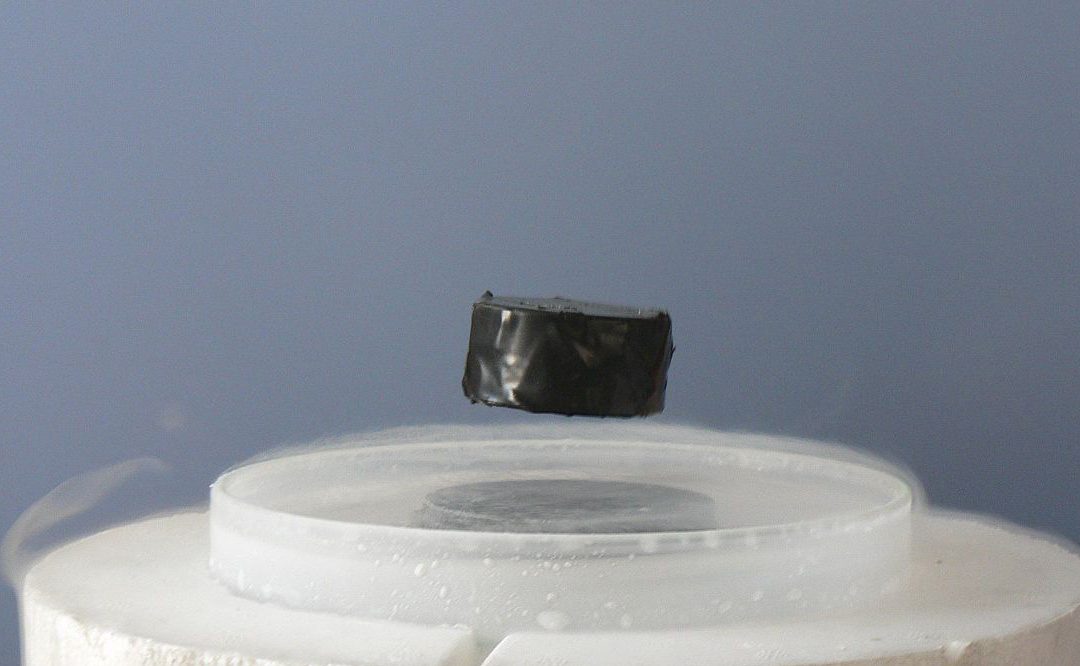
An important step toward the theory of superconductivity
Understanding room temperature superconductivity one step closer thanks to researchers looking at the effects of pressure.
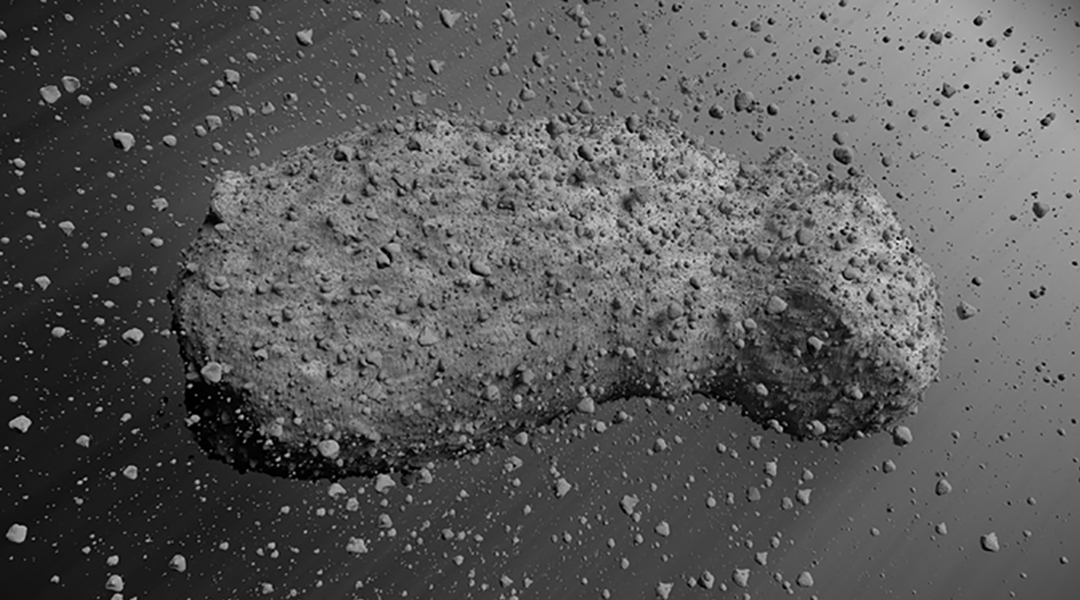
Itokawa asteroid is a rubble pile that could be tough to destroy
Analysis of dust particles collected from the surface of the 500-meter-long asteroid has implications for planetary defense.
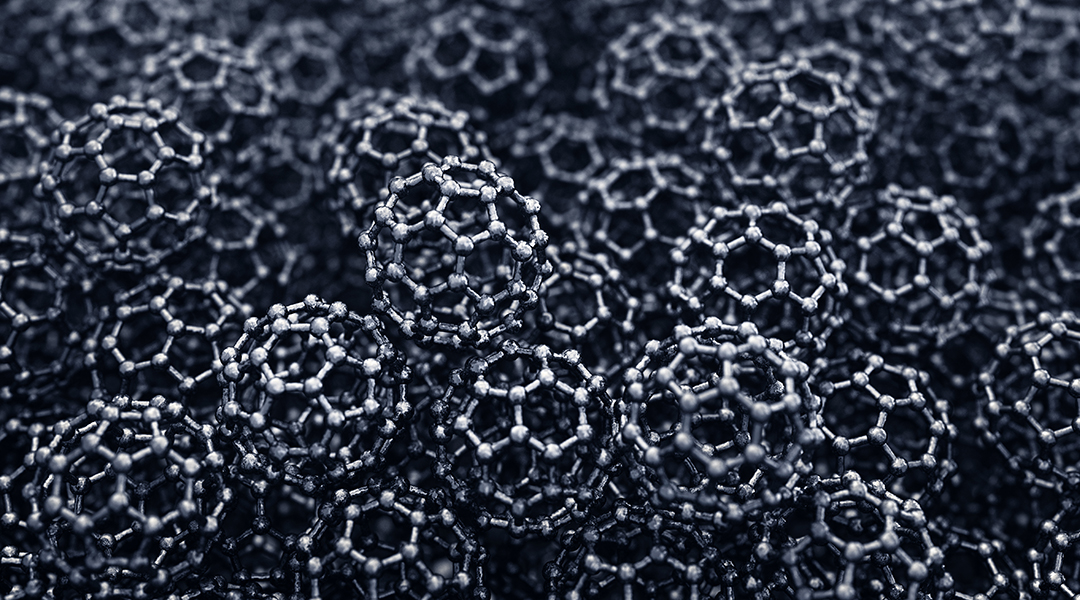
Using nanomaterials as antivirals in the fight against COVID-19
Scientists are investigating how fullerene nanomaterials can be used as antivirals against different variants of SARS-CoV-2 and other viruses.

A miniature robot for diagnosing lung cancer
This tiny soft robot can be steered through the branches of the lungs without causing damage for safer diagnosis.

Understanding gravitational waves: Ripples in spacetime explained
The universe is ringing with gravity, but humanity is only just beginning to hear the nuance of this cosmic symphony.
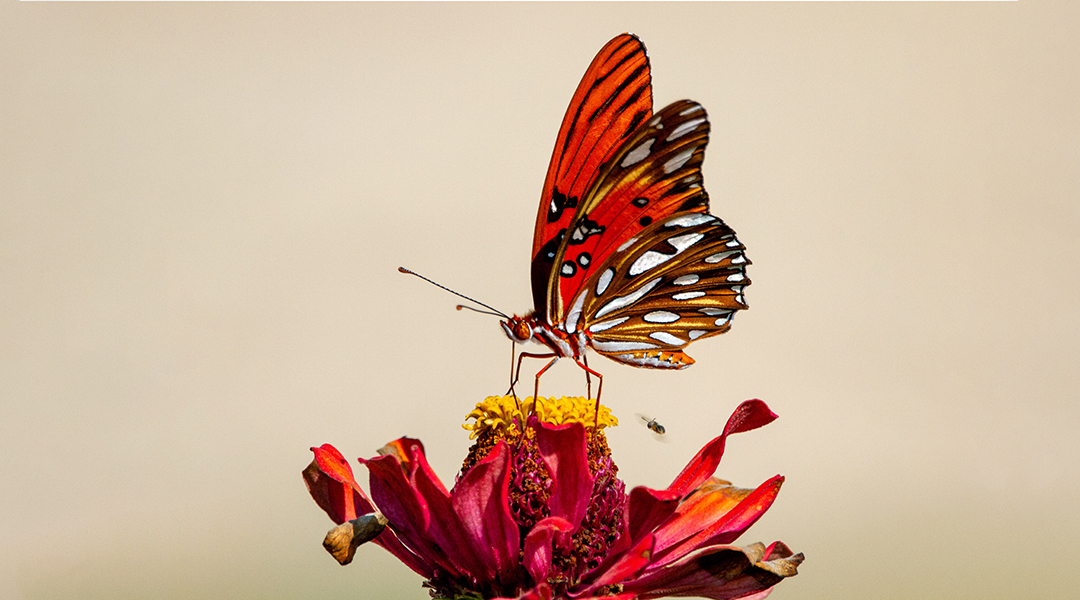
Inspired by the butterfly, deep learning sheds new light on nanoscale colors
Manipulating light on the nanoscale allows scientists to create specific structural colors that do away with the need for potentially harmful dyes.

Topological insulators could herald a new future for electronics
Promising candidates for efficient future electronics, researchers are exploring these exotic materials for better computer memory, hard drives, even quantum computers.
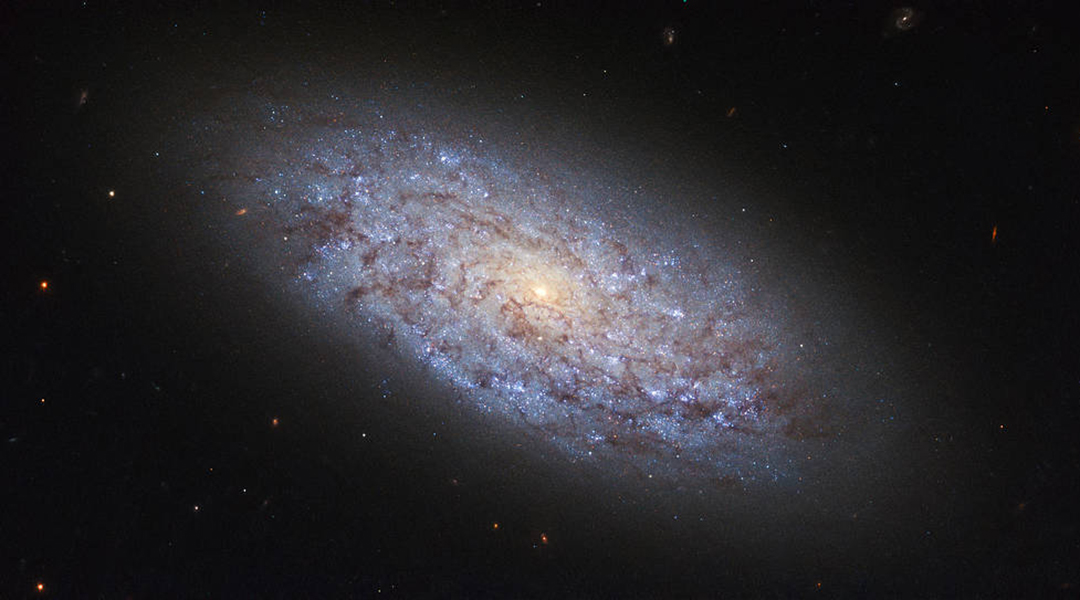
Could axions be the missing piece in the dark matter puzzle?
Using the galactic glow of dwarf galaxies, researchers investigate a hypothetical particle called an axion as a possible contender for dark matter.
No Results Found
The page you requested could not be found. Try refining your search, or use the navigation above to locate the post.
No Results Found
The page you requested could not be found. Try refining your search, or use the navigation above to locate the post.
No Results Found
The page you requested could not be found. Try refining your search, or use the navigation above to locate the post.
No Results Found
The page you requested could not be found. Try refining your search, or use the navigation above to locate the post.
No Results Found
The page you requested could not be found. Try refining your search, or use the navigation above to locate the post.
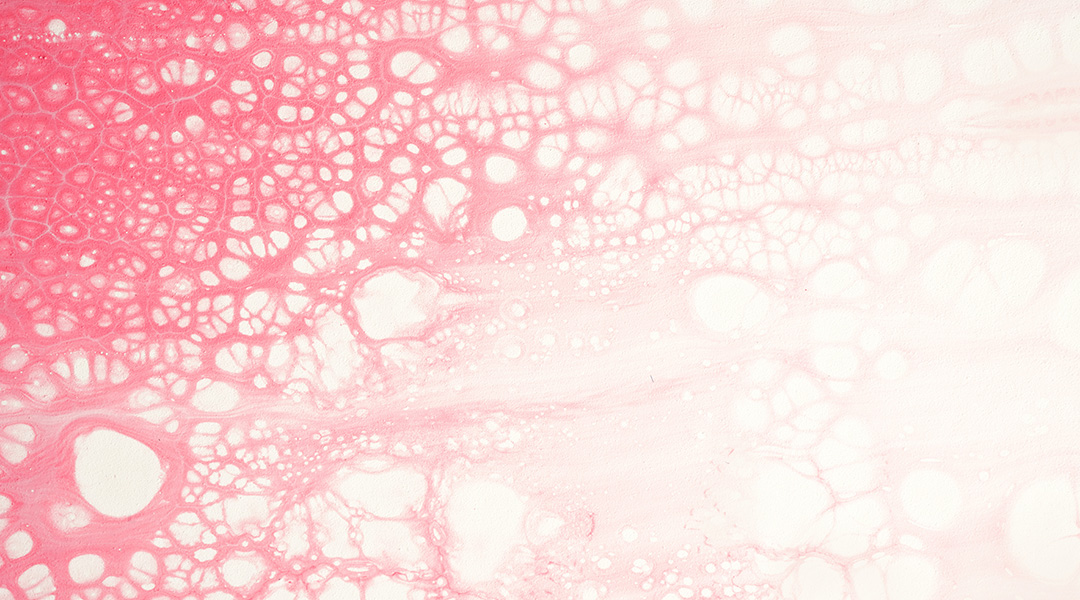
How high blood pressure turns healthy cells into “foam cells”
High blood pressure can rapidly transform healthy arterial cells into inflammation-prone “foam cells” that pose an increased risk of cardiovascular-related issues.
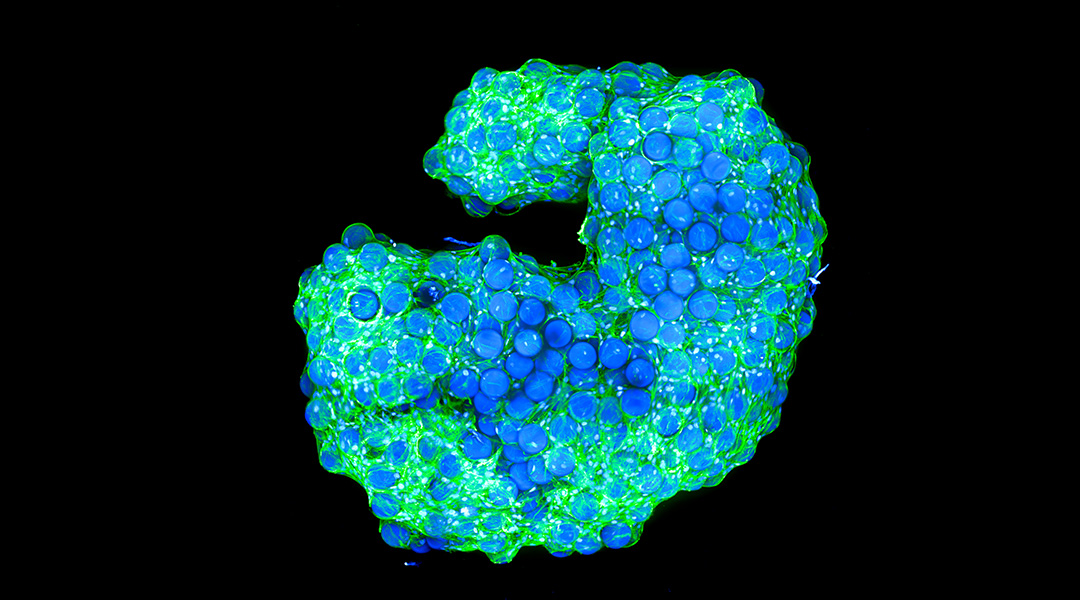
Cellular architects “build their own houses”
Scientists have created biological structures that when left alone, self-assemble into materials that resemble living tissue.
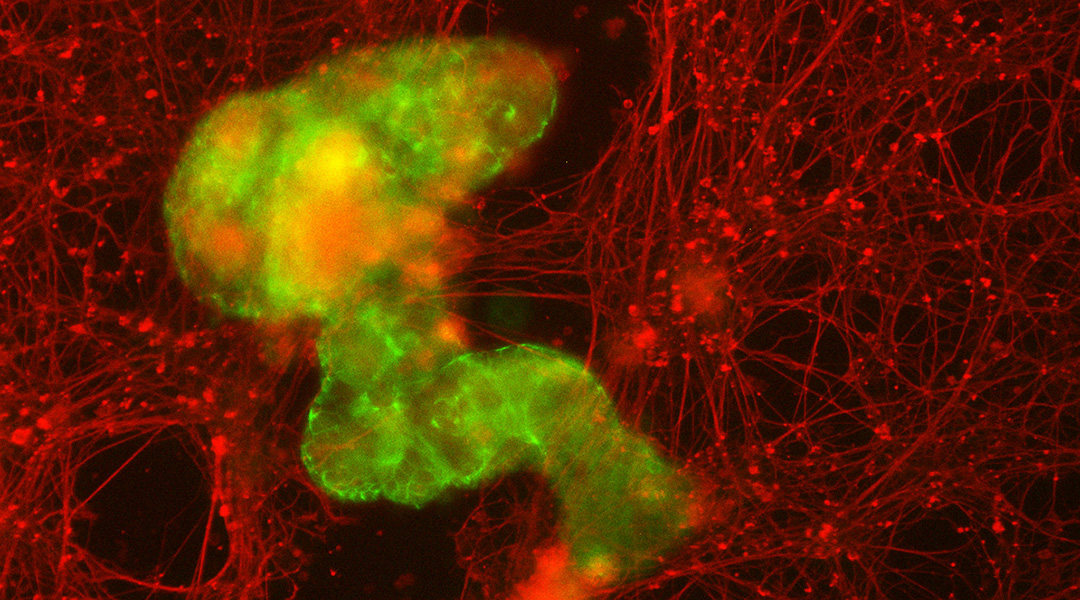
Living biobots come together to repair torn tissue
Microscopic robots made out of a patient’s own cells may be able to work inside the body to repair damage, scope out signs of disease, or fight off infections.
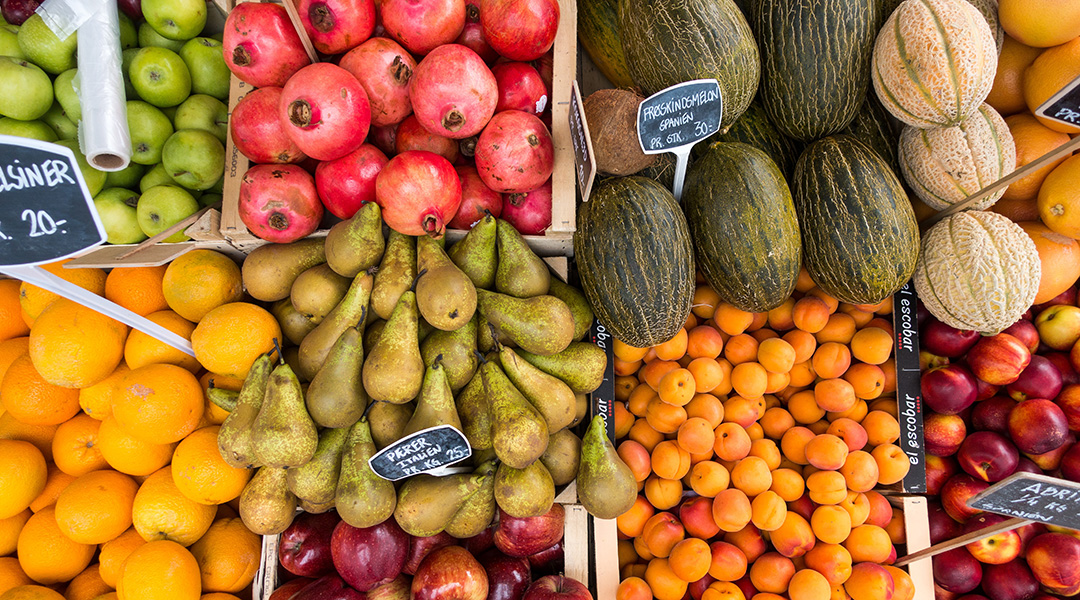
Nuances of intermittent fasting and its effect on healthy lifespan
A neuroscientist and intermittent fasting expert weighs in on the potential health benefits of this diet that may go beyond just weight loss.
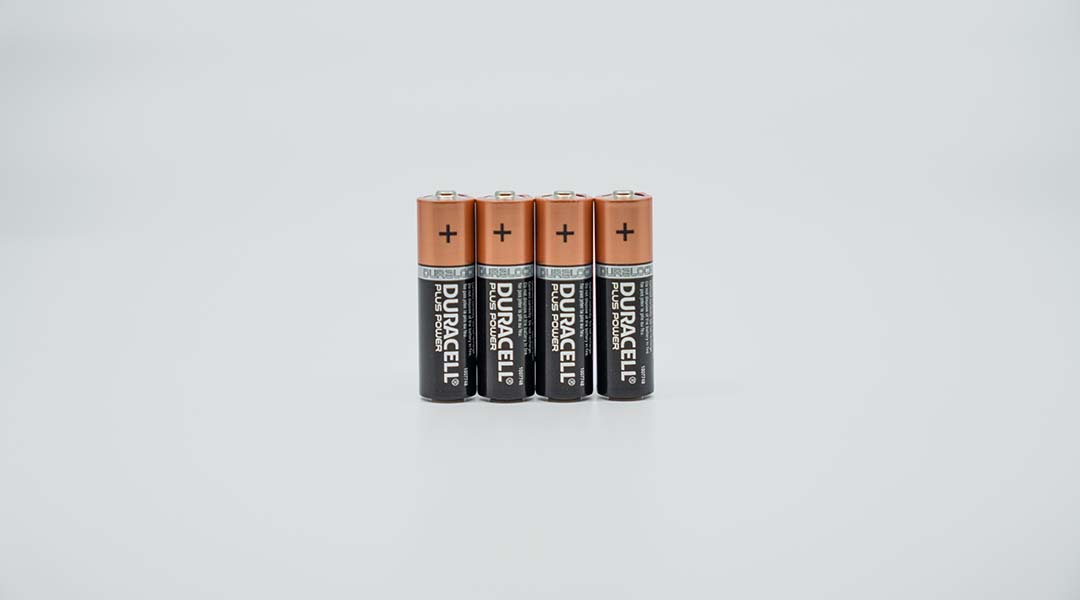
What will it take to make sodium and potassium batteries viable alternatives to lithium?
Scientists explore the challenges facing alternatives to lithium-ion batteries and suggests a roadmap to overcome these obstacles.
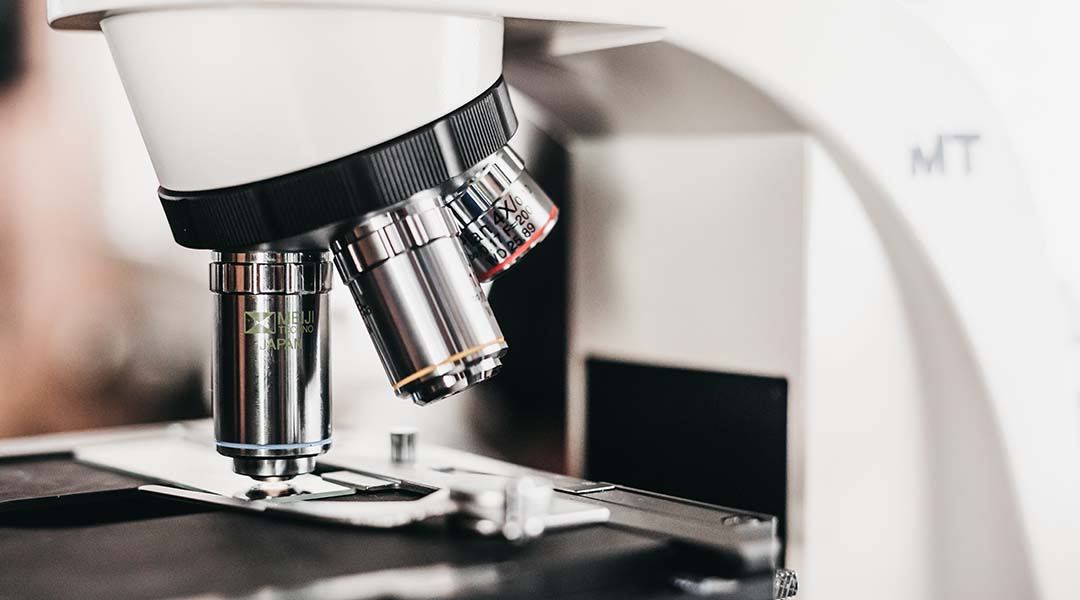
A simple tweak supercharges microscopes and allows pathogen observation
A modification to conventional microscopes pushes the limits of their resolution and enables high-precision observation of difficult-to-observe pathogens.
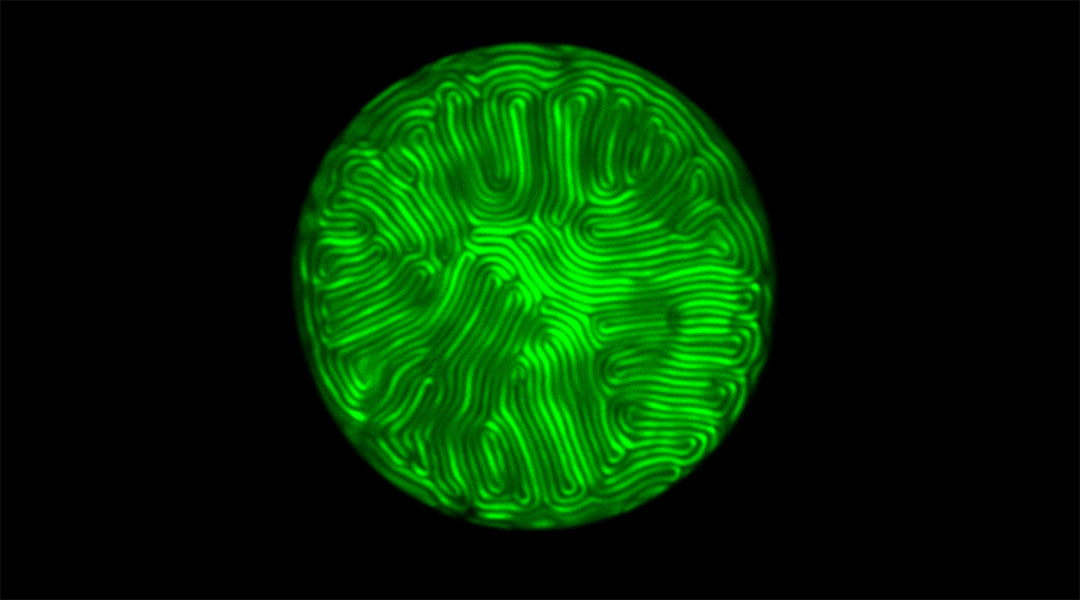
Artificial fingerprints could dramatically enhance biometric security
Liquid crystals that generate unclonable fingerprint-like patterns could make the sale of counterfeit goods and theft of personal data much more difficult.
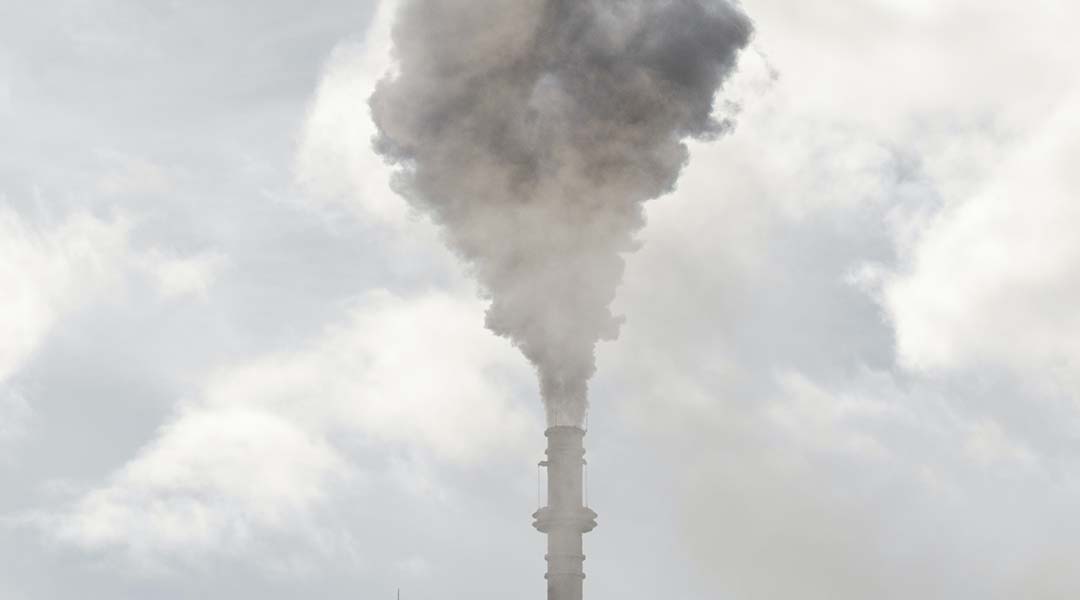
Carbon capture using biomass offers new hope in reducing emissions
A renewable, carbon-based absorbent is challenging MOFs in carbon capture technology, offering sustainable solutions for emissions reduction.
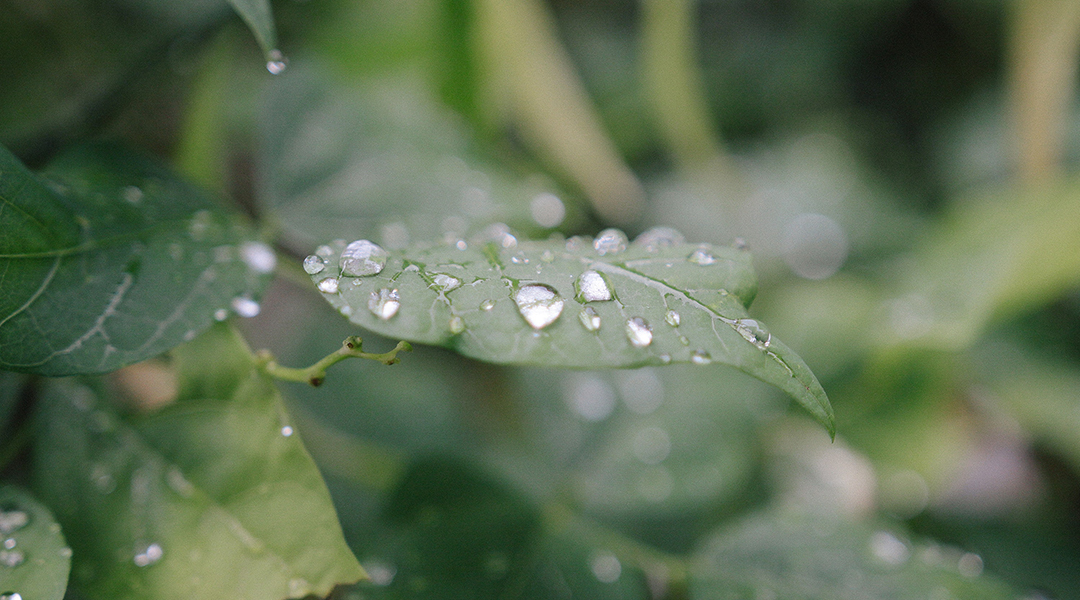
Artificial leaf sensor could revolutionize crop management
By accurately detecting moisture levels, this artificial leaf sensor could help increase crop yields while reducing the need for pesticides.
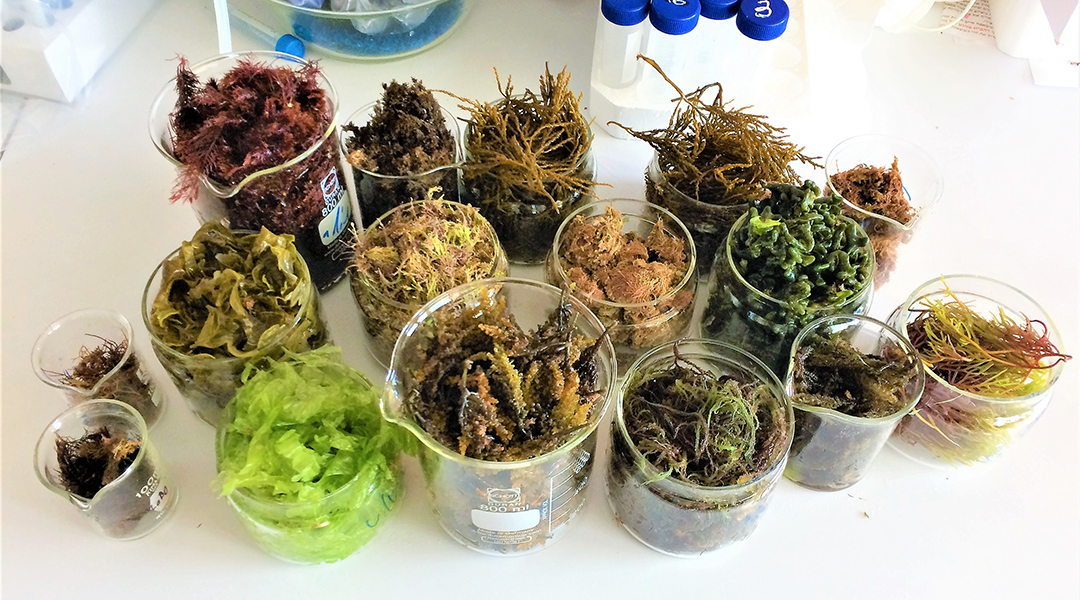
Super seaweed from sustainable aquaculture
A new cultivation method enhances the concentration of valuable compounds in seaweeds with substantial environmental benefits.

Beehive microbes hold the secrets to our cities’ health
The microbes in beehive debris vary widely between cities and neighborhoods, and could hold keys to assess the human populations’ health.
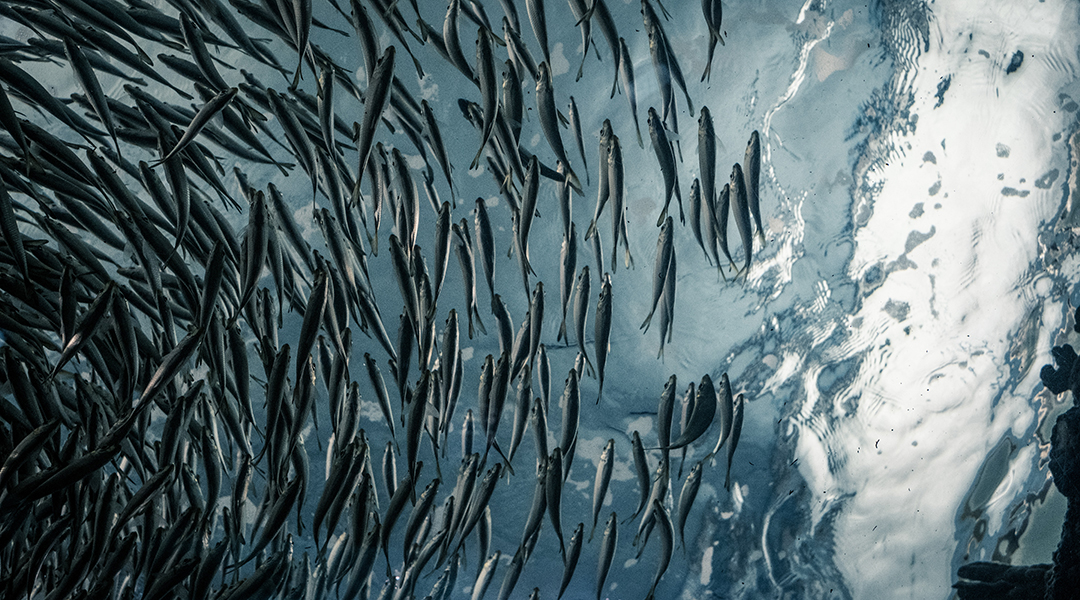
Fish assess misinformation to avoid overreaction
Fish adjust their sensitivity to the actions of others, such reacting to false alarms, to reduce the risk of responding to misinformation.
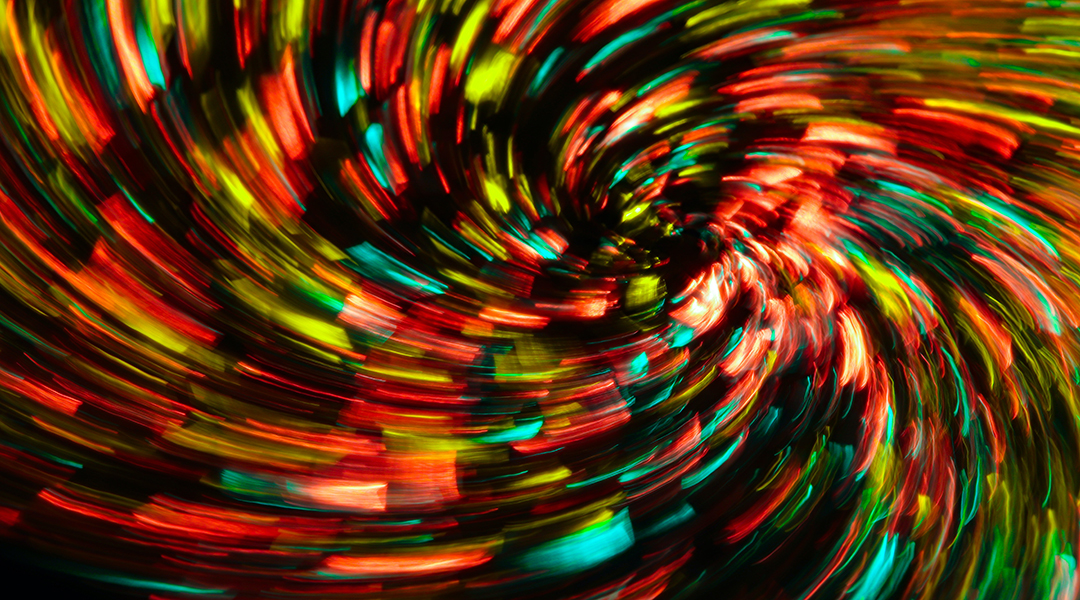
New theory of gravity rethinks the Big Bang
A new approach to understanding gravity helps eliminate some discrepancies inherent in general relativity.
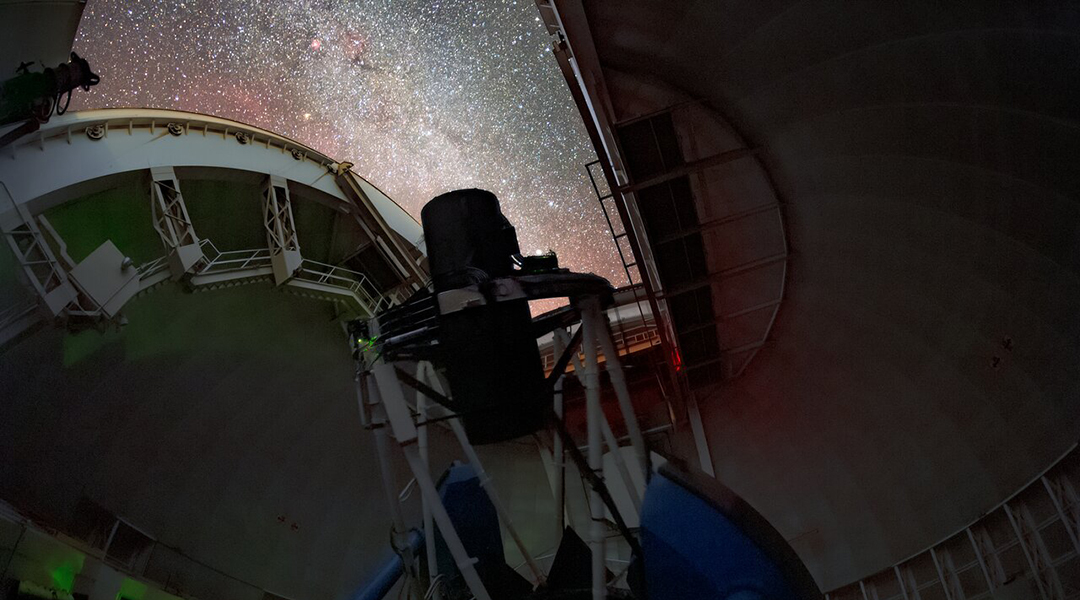
Dark energy telescope reveals early look at almost two million cosmic objects
Galaxies, quasars, and stars… oh my! Dark Energy Spectroscopic Instrument (DESI) first data is a small fraction of the huge cosmic survey it will conduct.
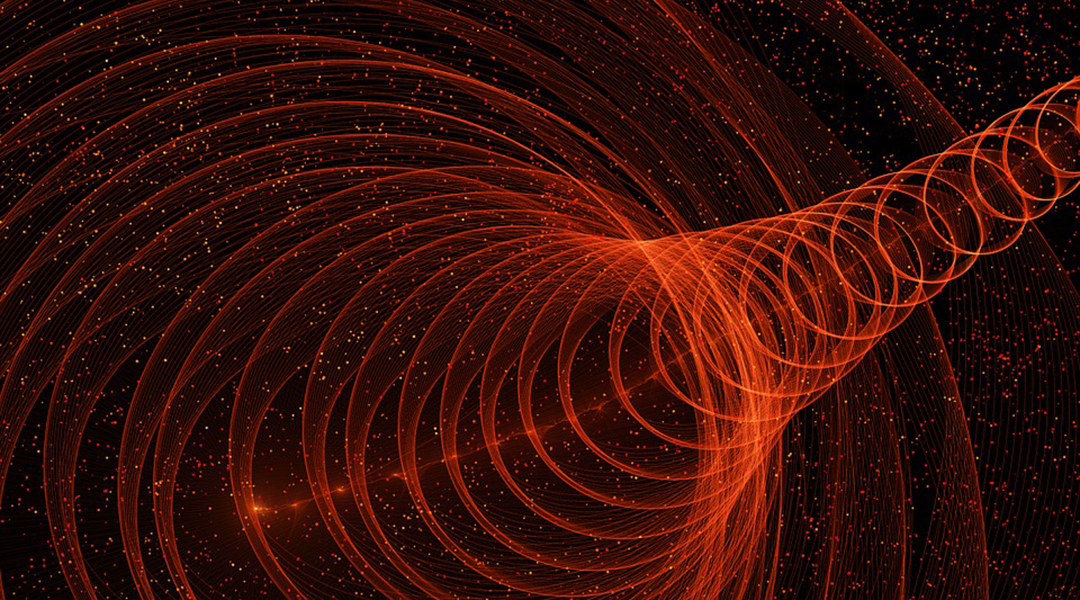
Atoms vs apples: How quantum effects challenge gravity’s rules
New research reveals that quantum effects defy the universality of free fall, providing a potential experimental pathway to test quantum gravity.
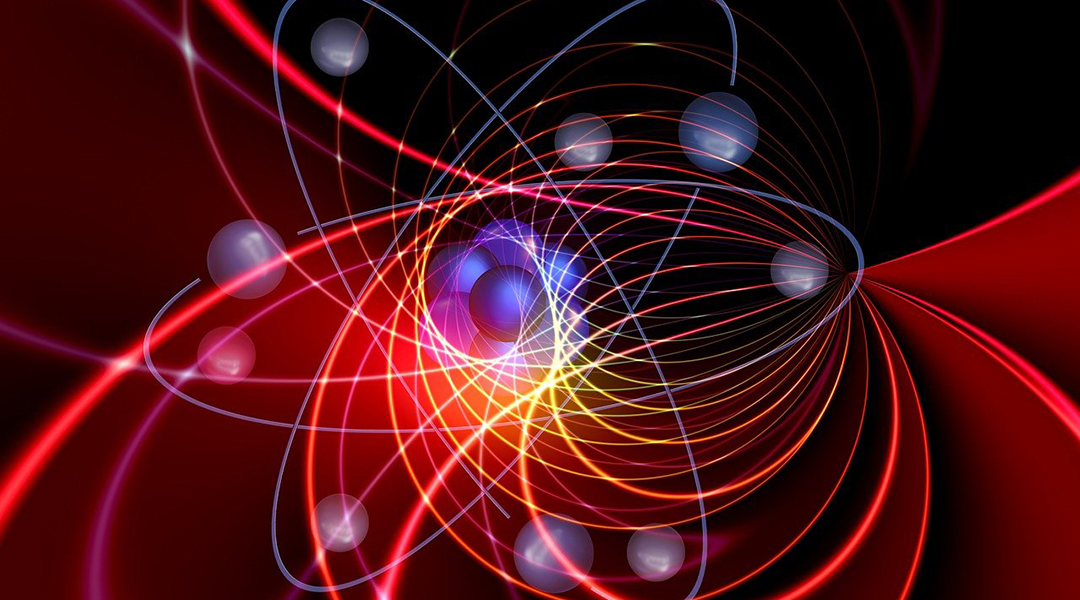
Scientists detect the X-ray signature of a single atom
A new technique can detect the X-ray signature of an individual atom, even determining the structure of its electron orbits.



